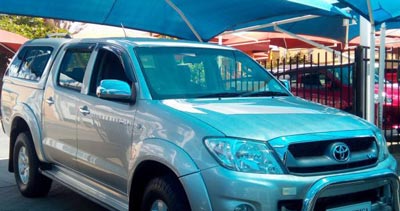
Depressed business, lower government spending cut into new vehicle sales – sales hit lowest level in 5 years

The continuous tightening of credit criteria by banks as well as the regulatory change to require initial deposits of 10% on vehicle loans coupled with pervasive slowing economic activity in the country are the main contributing factors to the prolonged decline in vehicles sales.
Trainee Analyst at Simonis Storms Securities, Rosemary Strauss said there is continued expectation for vehicle sales to be muted despite the expected ease on the repo rate for 2018 and owning to slow private sector credit extension.
“From discussions with car dealerships, we understand that the recent drought in Namibia has also contributed to investing less in farming equipment such as tractors,” Strauss added.
IJG Securities analysts shared the same sentiment, stressing that the low vehicle sales is a consequence of the recessionary environment Namibia finds itself in, characterised by depressed business and consumer confidence, as well as lower government spending.
“The continued slowdown in commercial vehicle sales remains worrisome as this is an indication of lower capital expenditure by corporates and lower business confidence in general. While vehicle sales may not drop much further, a rapid recovery in these metrics will only be seen once government resumes normal expenditure patterns and business confidence improves,” IJG stated.
Furthermore, 835 new vehicles were sold in December, a decrease of 18.9% in November. New vehicle sales are now down 41.7% from their peak.
“While the figures above are likely to change over the next few months as the data improves, it is unlikely that much upward revision can be expected,” IJG added.
Meanwhile, Toyota continued to lead the market for new vehicle sales in 2017 with 35.8% of the passenger vehicle market followed by Volkswagen with a 24.8% share. Toyota also remained the leader in the light commercial vehicle space with a 49.9% market share with Nissan in second place with a 16.8% share.
In the medium commercial section of the market Hino led the pack with a 35.9% market share followed by Iveco at 25.1%. The heavy and extra heavy category was dominated by Scania with 36.3% of new vehicle sales.












































